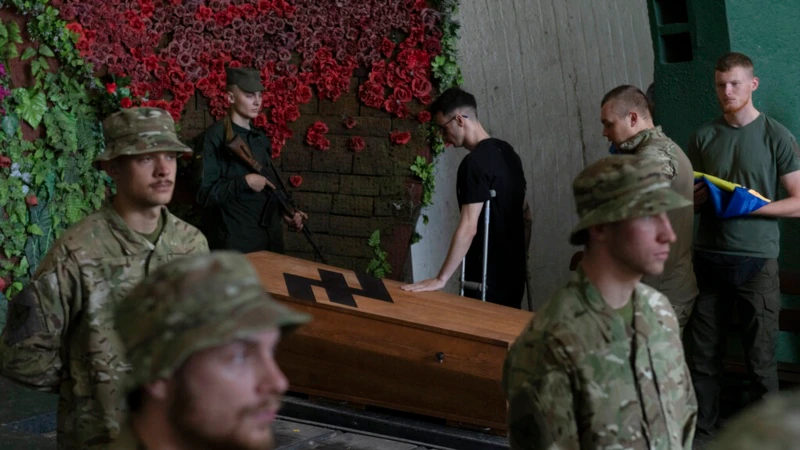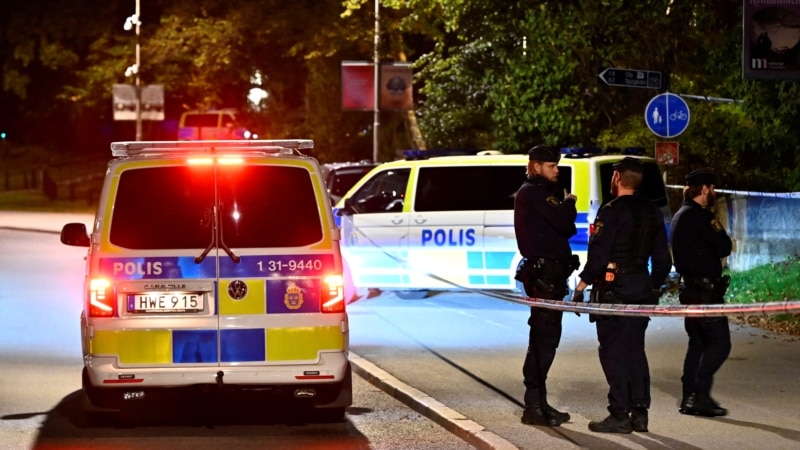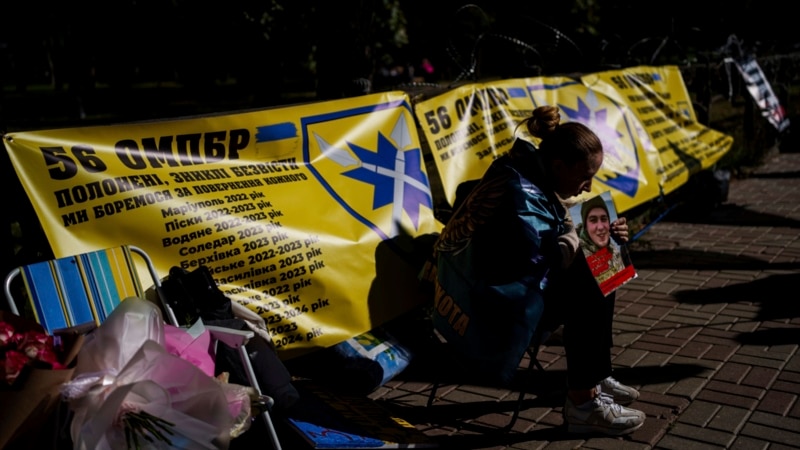For full coverage of the crisis in Ukraine, visit Flashpoint Ukraine.
The latest developments in the conflict between Russia and Ukraine. All times EDT.
5:34 a.m.: In its latest intelligence update, the U.K. defense ministry said Ukrainian troops continue to battle Russian forces in Kherson Oblast. “Russia is likely attempting to slow the Ukrainian attack using artillery fire along the natural barrier of the Ingulets River, a tributary of the Dnipro,” the update said.
Ukrainian officials say Russia is preparing to make a military pontoon bridge across the Dnipro, the update said. U.K. officials say this would be “a very high-risk operation.” U.K. officials have not been able to verify Ukraine’s claims that such an operation is in the works.
4:35 a.m.: The foreign minister of Moldova’s separatist Transnistria region said Friday that it is committed to achieving independence and possible unification with Russia, and that Moldova’s becoming a candidate for European Union membership effectively ends any possibility of cooperation.
Transnistria, a sliver of land lying between Ukraine and the rest of Moldova, has hosted a contingent of Russian peacekeeping forces since the 1992 end of a separatist war.
Vitaly Ignatyev, the unrecognized government’s foreign minister, told a news conference in Moscow that Transnistria will pursue the “independent development of Transnistria and the subsequent free entry into the Russian Federation.”
Moldova is constitutionally neutral and thus not a potential NATO member but is showing a growing Western orientation.
3:37 a.m.: The United States will send Ukraine more precision rocket systems along with hundreds of thousands of rounds of artillery shells, part of a new security assistance package unveiled Friday aimed at giving Kyiv an upper hand in what Western military officials describe as a grinding war of attrition with Russia, Jeff Seldin, VOA’s national security correspondent, reports.
The highlight of the $270 million U.S. pledge, the 16th since Russian forces invaded Ukraine, is the addition of four more High Mobility Artillery Rocket Systems, or HIMARS, each with a range of about 70 kilometers, which U.S. officials credit for helping to stymie Russia’s advance in the Donbas.
Ukraine’s military has deployed at least eight HIMARS to the front lines in its fight with Russian forces, while another four are either on the ground or on their way.
The latest U.S. pledge will bring the total number of HIMARS to 16. In addition, Ukraine has deployed six medium- to long-range rocket systems from Germany and Britain.
2:30 a.m.: In its latest assessment of the conflict in Ukraine, U.S. think tank The Institute for the Study of War said Russian forces conducted ground attacks east of Siversk and to the east and south of Bakhmut and tried and failed to advance northwest of Donetsk City.
Russian forces also conducted localized ground attacks near the Kherson-Mykolaiv Oblast border, the update said, while Ukrainian forces conducted limited positional battles north of Kharkiv City.
1:19 a.m.: Russian state-owned companies Rosneft and Gazprom will be able to ship oil to third countries under an adjustment of European Union sanctions agreed to by member states this week to limit the risks to global energy security, according to Reuters.
Purchases of Russian seaborne crude oil by EU companies and its export to third countries is allowed, but under tweaks to sanctions on Russia that came into force on Friday payments related to such shipments would not be banned.
12:02 a.m.: The Russian central bank diverged from its Western counterparts by slashing its key interest rate Friday, one month after dropping it to where it was before the country sent troops into Ukraine, The Associated Press reported.
The bank lowered its key rate by 1.5 percentage points, to 8%, saying consumer prices are easing partly because consumer demand has been falling. It said inflation expectations have “significantly decreased,” reaching spring 2021 levels, while a decline in business activity was slower than expected in June.
The central bank had hiked the rate as high as 20% in the wake of the Feb. 24 military operation in Ukraine and the resulting Western sanctions that restrict dealings with Russian banks, individuals and companies.
As sanctions and the exit of Western companies from Russia have led to global economic isolation, the central bank has managed to stabilize the currency and financial system by preventing money from leaving Russia and forcing exporters to exchange most of their foreign earnings into rubles.
The ruble traded at 58.8 to the dollar Friday, making it worth more than the day before the invasion of Ukraine, when it took 78.8 rubles to reach $1.
Some information in this report came from The Associated Press and Reuters.








